Martin vs Taylor: What's the difference between these two iconic acoustic brands?
We take a deep dive into two titans of the acoustic world to find out which is the most suitable for you
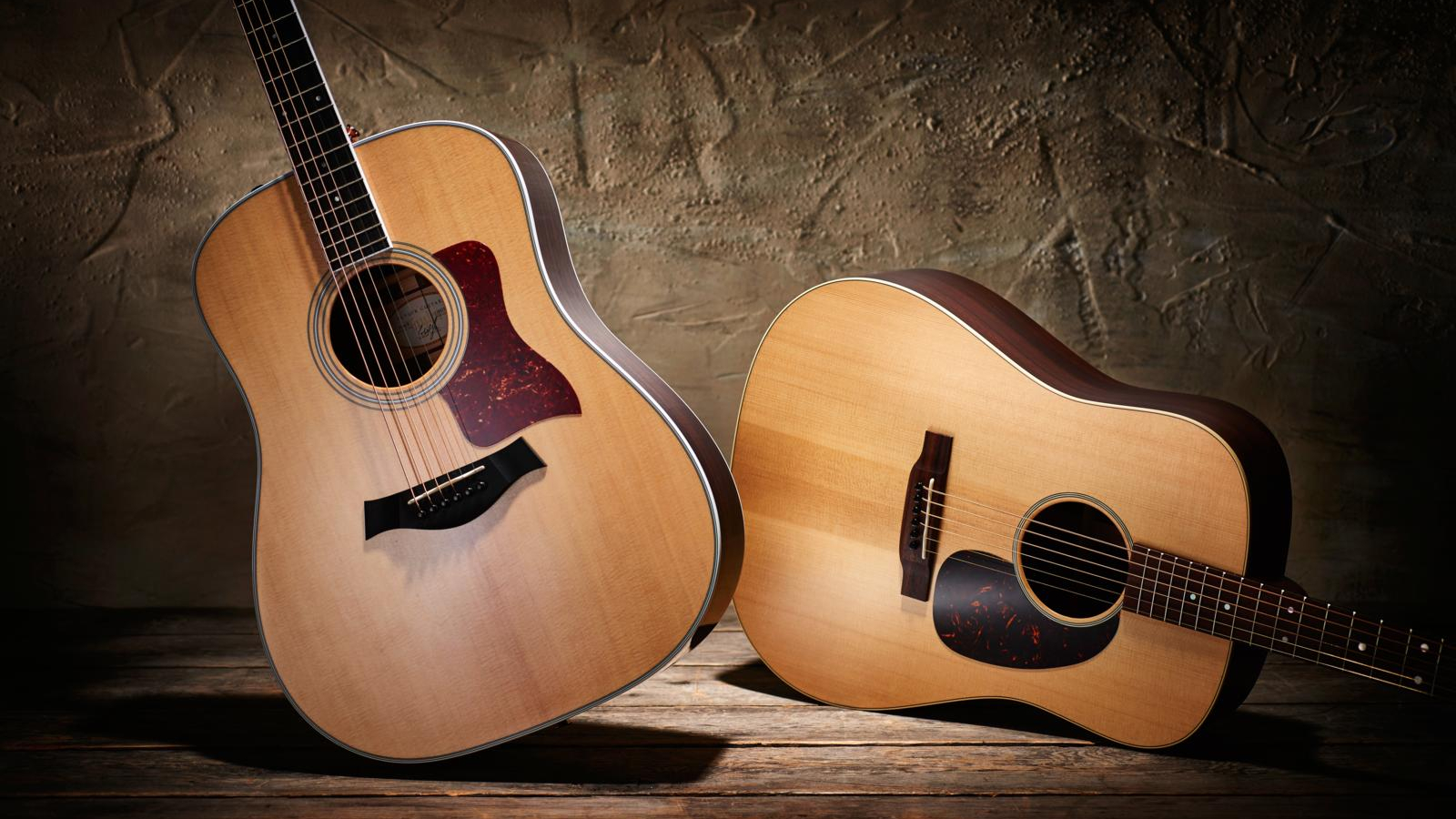
Finding an acoustic guitar that resonates with your soul can feel like discovering your voice as a guitar player – and that instrument is going to be different for every guitarist. Now, the sonic identity of an acoustic guitar comes primarily from the way it's made, with each and every brand doing things a little differently. Every minute detail, from the manufacturing process to the type of materials used, culminates in the DNA of the instrument – so it pays to know the main differences between the brands.
Today we're taking a deep dive into two of the most important – and popular – acoustic guitar brands, Martin and Taylor. Both of these historical companies bring their own unique voice to the table – and no matter if you love the bellowing nature of a vintage dreadnought or prefer the nuance of a smaller-bodied flat-top, one of these brands will most definitely have a guitar for you.
So, if you've ever wondered; Martin vs Taylor: What's the difference? Don't worry, as Guitar World is here to help you uncover which is the right one for you.
Martin vs Taylor: at a glance
As both of these brands have extensive offerings covering various price points and styles, from some of the best acoustic guitars for beginners, to travel guitars and the best high-end acoustics around, we thought one of the easiest ways to see the main differences at a glance would be to compare each company's flagship model. For Martin, we had to choose the legend that is the D-28, and for Taylor, we went with the elegant 814ce. Now, it's worth noting that the Taylor does offer a dreadnought in this series, but we've opted for the Grand Auditorium body size as this shape is more quintessentially Taylor.
As you can see below, both guitars feature spruce tops, rich rosewood back and sides, and jet-black ebony fingerboards. That said, they do differ dramatically in shape, size and internal bracing, resulting in a drastic difference sonically.
Martin D28
- Shape: Dreadnought
- Top: Spruce
- Back & Sides: Indian Rosewood
- Neck: Select Hardwood
- Fingerboard: Ebony
- Bracing: Forward-Shifted X-Brace
- Pickup: Choice of Fishman and LR Baggs
- Contact: Martin
Taylor 814ce
- Shape: Grand Auditorium
- Top: Sitka Spruce
- Back & Sides: Indian Rosewood
- Neck: Mahogany
- Fingerboard: Ebony
- Bracing: V-Class
- Pickup: Expression System 2
- Contact: Taylor
Martin vs Taylor: A brief history of Martin guitars
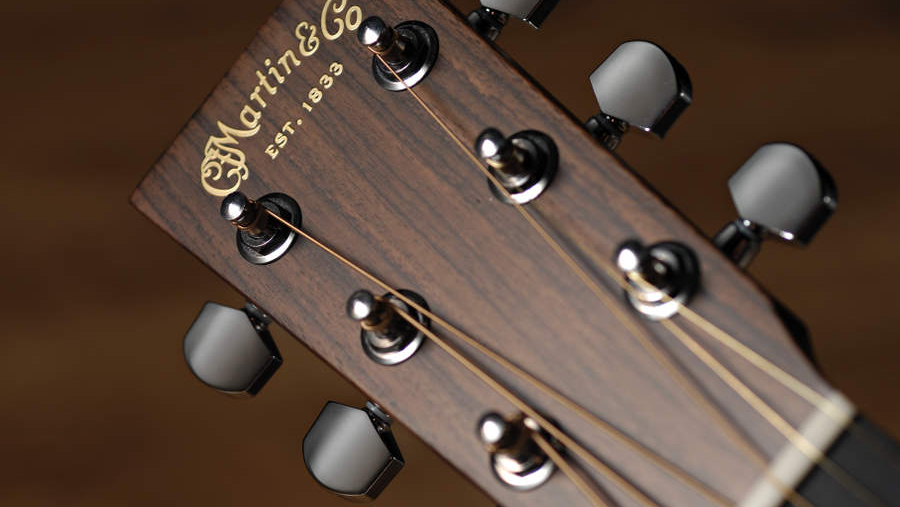
Martin – or C.F. Martin & Company to give them their proper name – are one of the most famous and enduring family-owned brands in American history, let alone in the guitar industry. Modern music owes a lot to this legendary brand, and it's fair to say that without Martin's innovations in acoustic guitar building, the landscape of music would look very different today.
Now, with a legacy that stretches back close to 200 years, we simply don't have time to cover everything here, but we'll do our best to hit the major touchstones in the company's long and eventful history.
All the latest guitar news, interviews, lessons, reviews, deals and more, direct to your inbox!
The first Martin guitar would be born in 1833 and was handcrafted by German-born Christian Frederick Martin, who had made the move from Europe to New York in pursuit of the American dream. C.F. Martin would set up a small shop on the Lower West Side, which doubled as a workshop at the back and a retail outlet at the front. After a few years of trading and with a little convincing from his wife Ottilia, Martin would make the move to Nazareth, Pennsylvania – where they still operate today.
Named after the imposing HMS Dreadnought, a World War I era British battleship, this guitar was large, bold and loud.
Now, one of Martin's biggest claims to fame is that they help popularize the X-bracing found on the bulk of modern acoustic guitars. By the 1840s, Martin had ditched the extravagance of the European-made instruments he was trained on, instead focusing on simple, elegant designs. This change of pace brought with it changes in the internal bracing. While Martin's contemporaries overseas didn't care for this new X-bracing, it would end up being one of the biggest factors in the brand becoming so popular throughout the next century.
The new era of guitarists demanded more volume from their instruments, which brought with it steel strings and greater pressure on the top of the guitar. Martin's revolutionary bracing would hold its own against this greater pressure and would soon be adopted by the masses.
Speaking of extra volume. Martin's other significant contribution to the popular guitar zeitgeist would be the famed dreadnought. Named after the imposing HMS Dreadnought, a World War I era British battleship, this guitar was large, bold and loud. Unfortunately, the first attempt to get this behemoth of a guitar afloat would fail. Originally released in 1916, this fan-braced version didn't seem to resonate with audiences and was quickly discontinued.
However, the dreadnought wouldn't sink completely into obscurity, as luckily, Martin would decide to have another crack at it. In 1931 Martin would unleash an X-braced dreadnought onto the world, which quickly found favor with the new up-and-coming bluegrass movement. These new musicians instantly fell in love with the blaring and assertive tone of Martin's new guitar and well, the rest is history.
Today Martin remains an ever-present force in the acoustic guitar space and is just as popular as ever. The business is still family owned and upholds the same company values it did in the beginning – focusing on craftsmanship and attention to detail.
Martin vs Taylor: A brief history of Taylor guitars
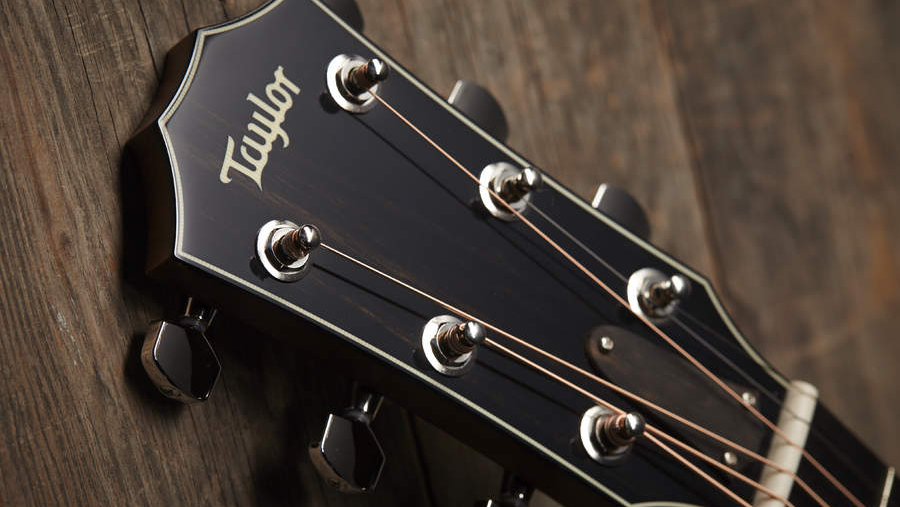
Okay, Taylor Guitars may not have the same level of historical importance as Martin, but over their almost 50 years in the business, they've had a significant impact on the world of acoustic guitars. Known as a flat-top trailblazer with strong and passionate views on sustainability, Taylor is a forward-thinking company that produces some of the finest six-strings available today.
Getting their start in 1974, Bob Taylor, Kurt Listug and Steve Schemmer would purchase American Dream, the guitar-making shop where the trio worked, naming their new venture Westland Music Company. However, they would ultimately decide that they needed a snappier name to display on the headstock of their new instruments, with Taylor being chosen as it sounded more American than Listug or Schemmer, which fit better with these new USA-made guitars. By 1976, the new up-and-coming brand would begin selling its guitars via retail stores, kickstarting the Taylor brand as we know it today.
The Ebony Project is more than just a way for Taylor to continue making guitars with the tonewoods they love, it's a way for the company to make an environmental and cultural difference
Throughout the '80s, Bob Taylor and Co. pioneered the use of hi-tech manufacturing techniques, with the likes of space-age computer mills, lasers and other proprietary machinery being used to bring guitar building kicking and screaming into the modern age.
Now, if you know anything about Taylor Guitars, you'll be all too aware of their love affair with ebony. This American guitar giant uses the jet-black hardwood for all of its fingerboards and bridges – heck, they even make slides with the offcuts.
So, with such a reliance on this increasingly difficult-to-source material, Taylor would start the aptly named Ebony Project initiative. Upon visiting a West African ebony mill, Bob Taylor was horrified by what he saw. Everything from poor working conditions to low wages, as well as inferior forest management and an extraordinary amount of waste, has led to massive problems for the industry and the people working in those forests.
In 2011, Taylor would team up with Spanish tonewood supplier Madinter and the pair would purchase Crelicam, a small ebony sawmill in Yaoundé, Cameroon, with a view to drastically change how the guitar industry used and purchased ebony. In 2016, the guitar giant partnered with the Yaoundé-based Congo Basin Institute, a multi-institutional organization made up of universities and other organizations, to help find a solution to the ebony crisis.
The Ebony Project is more than just a way for Taylor to continue making guitars with the tonewoods they love, it's a way for the company to make an environmental and cultural difference.
Martin vs Taylor: Differences in tone
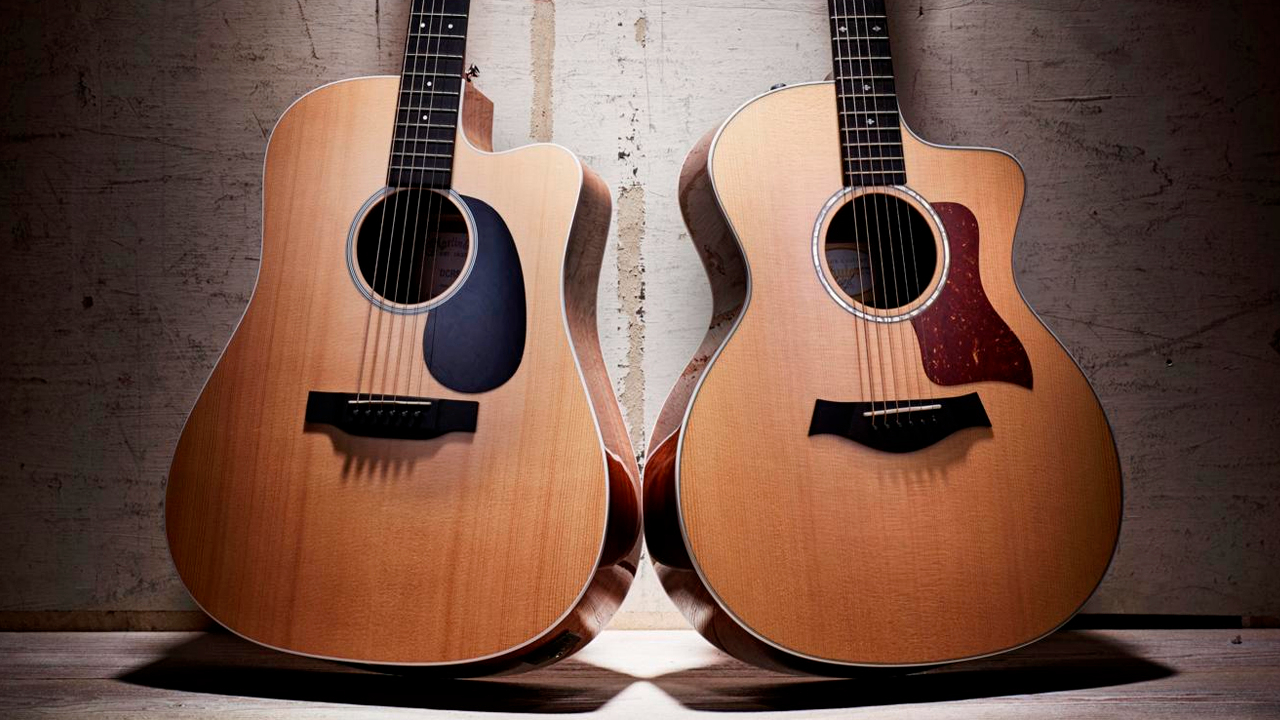
In many ways, the tonal differences between Martin and Taylor aline pretty well with their histories. Martin guitars typically produce a warm, rich, vintage tone. Guitars such as the famed D-18, D-28 and HD-35 are well-known for their harmonically rich output, striking low-end and perfect projection. Other instruments in this legacy brand's catalog, such as the OM-42, 000-28 or 0-18 offer a more focused sound with less bass and a more articulate top-end. That said, every guitar Martin produces has that classic, retro sound.
Martin guitars feel and sound like an old friend you've known your whole life. The sonic presence of these guitars is so deeply ingrained into music that, for many, Martin produces the sound of an acoustic guitar.
Taylor, on the other hand, offers a crisp, modern tone that sounds fresh, exciting and contemporary – with a singing upper mid-range that can cut through even the densest of mixes. Taylor's pioneering Grand Auditorium body style – represented by a 4 at the end of their model numbers – is capable of producing the volume of the dreadnought but with the comfort of a smaller-bodied guitar. Models such as the 814ce, 514ce and 724ce offer a bright, shimmering tone that has a somewhat hi-fi quality.
It's no surprise that Taylor guitars have found their way onto many modern recordings, as producers can't get enough of the sparkling top-end that makes everything you play feel special.
Aside from sonic differences, Martin and Taylor do differ in other areas. While Martin typically uses X-bracing throughout their many models, Taylor has spearheaded their own V-bracing technique, which has now made its way onto most of its models. Elsewhere Taylor has developed a bolt-on neck, which is fully adjustable, meaning it's easy to change the pitch of the neck – whereas Martin uses the more traditional dovetail joint.
Martin vs Taylor: Notable players

It would probably be quicker to list all the guitarists who haven't used a Martin guitar over the years. Everyone from the man in black, Johnny Cash to grunge icon Kurt Cobain, as well as Elvis, Ed Sheeran and David Gilmour have relied on the heartwarming tone of Martin to bring their songs to life.
Taylor, too, has a long list of famous endorses. Taylor Swift, Myles Kennedy and Mark Tremonti of Alter Bridge, George Ezra, Jason Mraz and Tony Iommi are all routinely seen with their beloved Taylor guitars. Taylor instruments are consistently used behind the scenes in the recording studio with the likes of renowned producer Rob Cavallo, using his very own Taylor 514ce, dubbed Excalibur, on many hit records. Famously, this is the guitar used on the Green Day mega hit Good Riddance – despite Billie Joe using a sunburst Gibson in the video.
Martin vs Taylor: Our favorites
Below you'll find a few of our favorite models from each brand. We've made sure to include guitars from across the ranges, with various sizes, shapes and price points featured. Of course, Martin and Taylor offer a massive array of instruments, so we highly recommend you take a look at their entire catalog.
Want to discover more flat-top beauties? Our expert buyer's guides are here to help
- Acoustic guitar vs classical guitar: what’s the difference?
- Downsize to one of the best 3/4 acoustic guitars
- On a budget? These are the best acoustic guitars under $500
- Unplug and play with the best acoustic bass guitars
- Just starting out? Check out the best beginner classical guitars
- Find great playability and tone with the best acoustic guitars under $1,000
- Transform your tone with the best acoustic guitar pedals
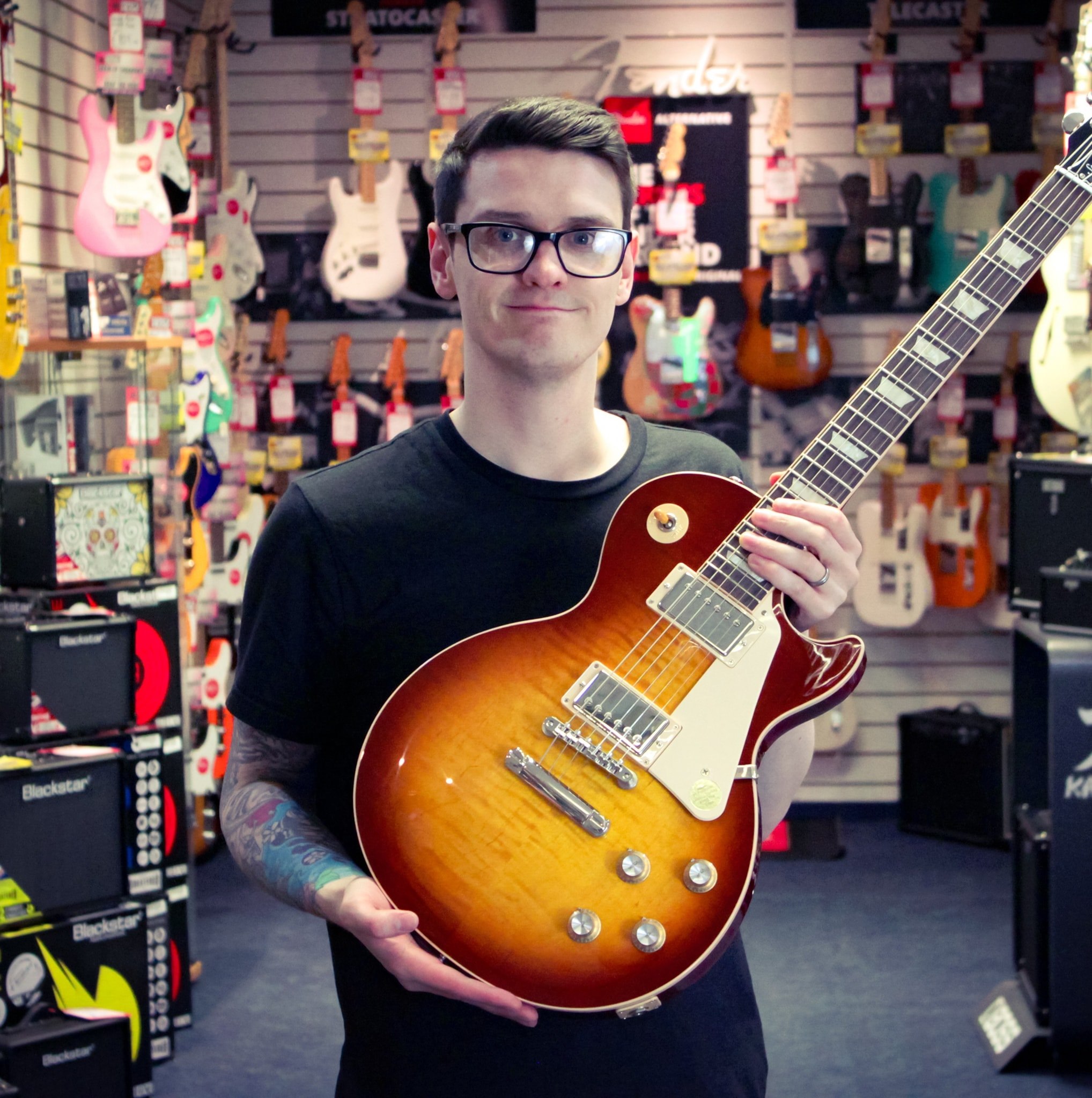
Daryl is a Senior Deals Writer at Guitar World, where he creates and maintains our 200+ buyer's guides, finds the best deals on guitar products, and tests the latest gear. His reviews have been featured in prominent publications like Total Guitar, Guitarist, Future Music magazine, and MusicRadar.com.
During his career, he has been lucky enough to talk to many of his musical heroes, having interviewed Slash and members of Sum 41, Foo Fighters, The Offspring, Thrice, and more. In a past life, Daryl worked in music retail. For a little under a decade, he advised everyone from absolute beginners to seasoned pros on the right gear for their needs.
Daryl is a fully qualified sound engineer, holding a first-class Bachelor's degree in Creative Sound Production from the University of Abertay.
